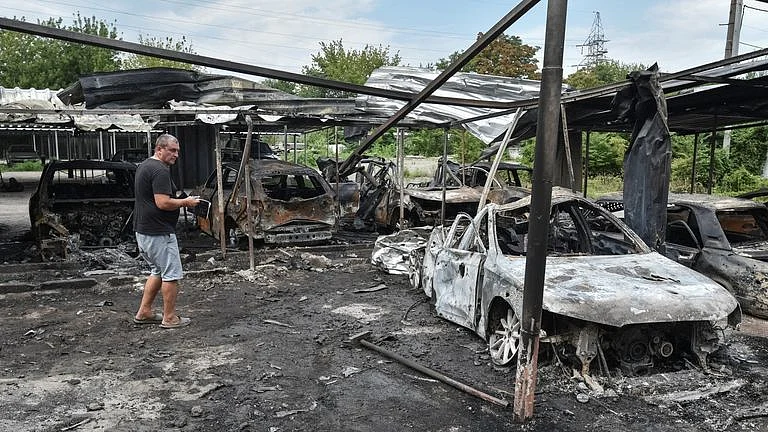On June 2, Europe's highest Mediterranean island mountain erupted, sending ash plumes into the sky and sparking panic among tourists. The entire volcanic eruption was captured on camera, and footage of the incident has since gone viral on the internet.
The video also showed many tourists and bystanders running to shelter themselves from nature's wrath. The eruption filled the Sicilian sky with smoke, as the famous landmark spewed ash, carbon, and sulfur.
Watch the dramatic visuals of the incident here
According to a report in the CBS News, there was no immediate report of any risk to the people nearby and officials are continuously monitoring the situation and has urged the public to remain cautious as volcanic activity continues.
The volcano department, which is run by Italy's National Institute of Geophysics and Vulcanology, noted on that the "explosions were of high intensity" and also were continous one's, mentioned the report in CBS News.
According to a statement issued by the The INGV-Ethneo Observatory, the surveillance system cameras images show, at 11:24 local hours (09:24 UTC), a pyroclastic flow probably produced by the collapse of material from the northern side of the Southeast Crater. From preliminary observations, the hot pyroclastic material does not appear to have crossed the edge of the Valley of the Leo. Contextually, the explosive activity from the Southeast Crater has moved to a lava fountain.
The volcanic tremor has reached very high values with the location of the centroid of the springs in the Southeast Crater area. Infrasonic activity is also high with events located in correspondence to the Southeast Crater.
The deformation signal of the DRUV station continues the trend of variation that started with the activity. Other deformation monitoring networks show no significant change.
The Volcanic History Of Mount Etna
Mount Etna's most recent eruption, from the South East crater, occurred on December 1, 2023. This eruption involved Strombolian activity and lava fountains, and it caused an ash column to reach a height of 6 km. The eruption's ash impacted areas near Fornazzo, Sant'Alfio, Nunziata, Puntalazzo, Mascali, and Montargano.
The eruptive history of the volcano on this mountain can be traced back 500,000 years and at least 2,700 years of this activity has been documented.











